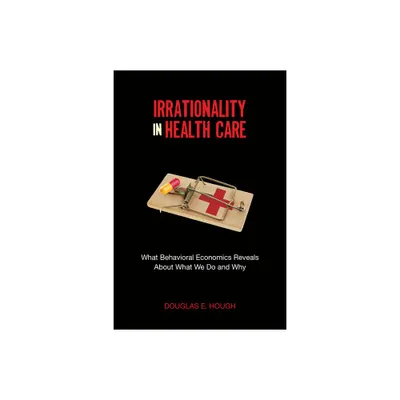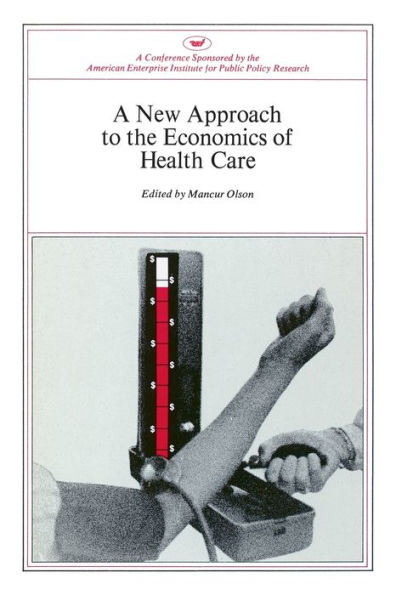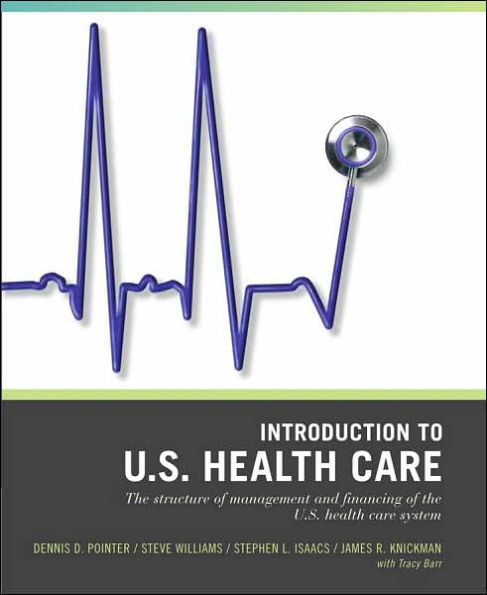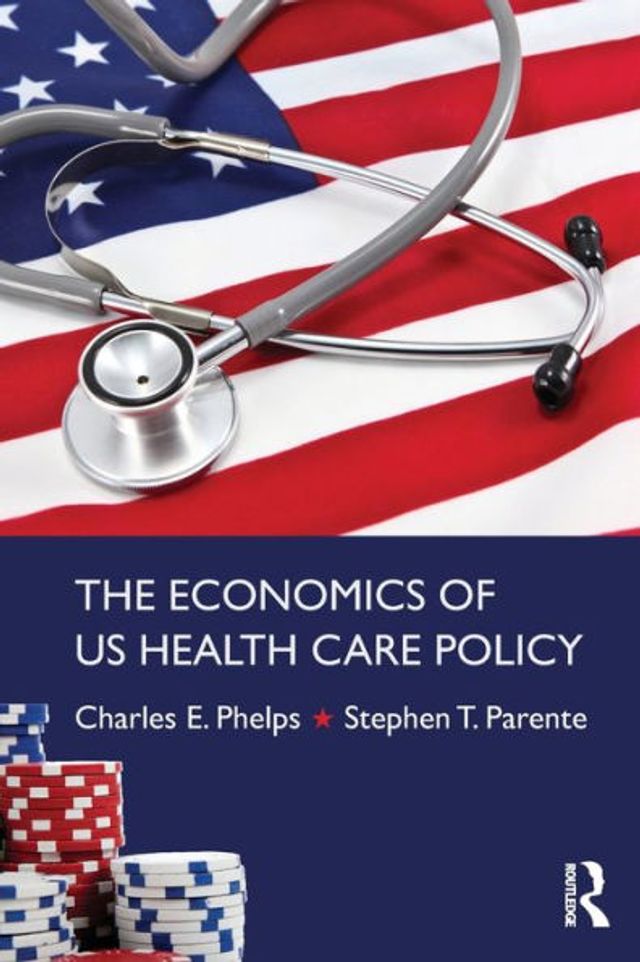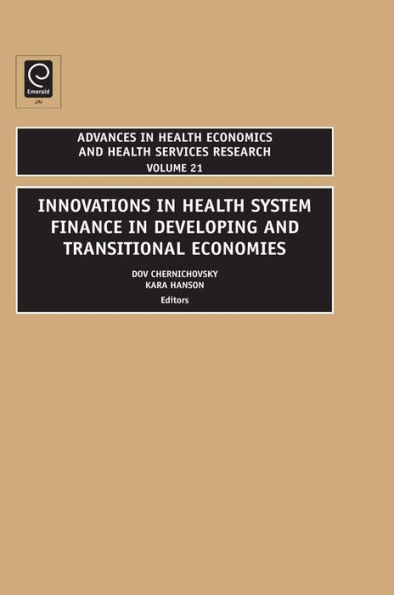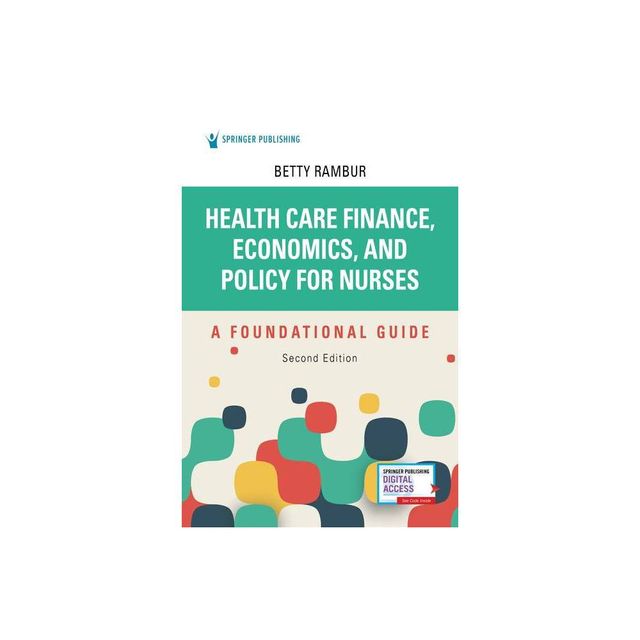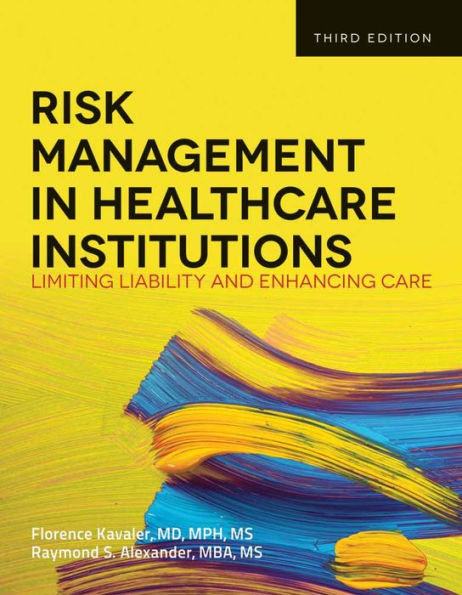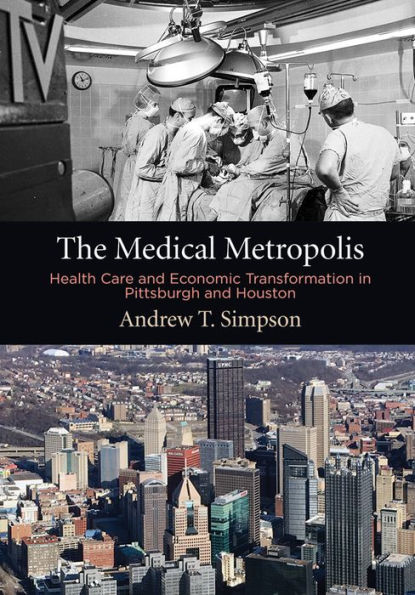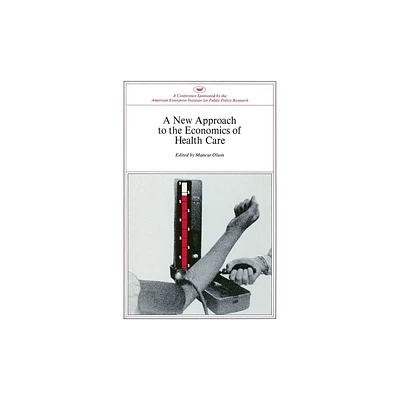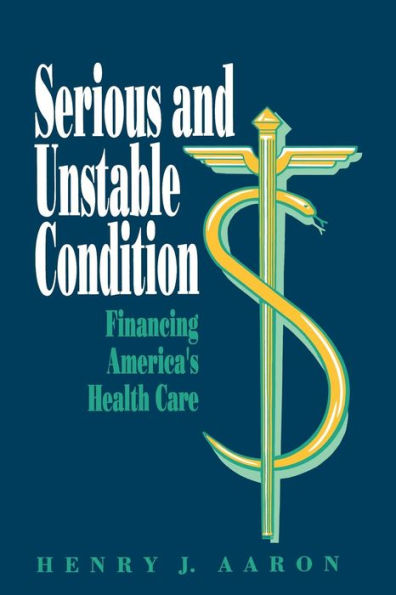Home
Health Care Finance: Economic Incentives and Productivity Enhancement
Loading Inventory...
Barnes and Noble
Health Care Finance: Economic Incentives and Productivity Enhancement
Current price: $95.00
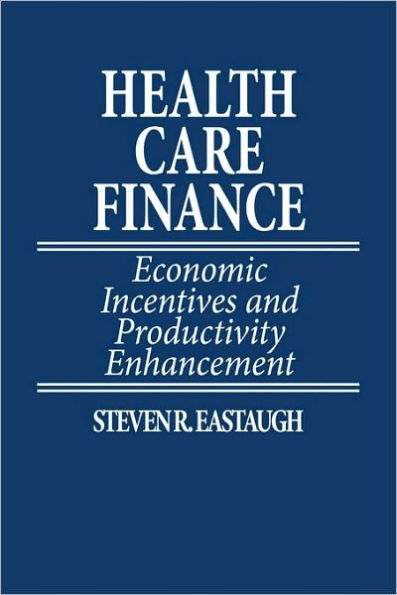

Barnes and Noble
Health Care Finance: Economic Incentives and Productivity Enhancement
Current price: $95.00
Loading Inventory...
Size: OS
*Product Information may vary - to confirm product availability, pricing, and additional information please contact Barnes and Noble
This book is a thorough, balanced, and insightful study of what is happening and what should be happening in health care financing. Americans want unlimited access to the best care at affordable prices. Fiscal pressures in American health care point in all different directions, like a pile of jackstraws. This important book analyzes how new payment incentives stimulate planned competition or reregulation; and the far-reaching impact these changes have on hospitals, physicians, long-term care facilities, HMOs, public health clinics, and multihospital systems. Tools for survival include better financial planning, productivity improvement, better scheduling systems, and total quality management.
Steven R. Eastaugh begins his book with a general overview of cost management, accounting, product-line selection, and new payment incentives. Part II provides an in-depth survey of fiscal trends in long-term care, managed care, HMOs, and PPOs. Part III analyzes five basic strategies that a provider may consider; with special focus on market analysis, diversification, and pricing. The next part reviews physician payment options, the new Medicare 1992 payment systems for hospitals and physicians, and cost analysis of hospital patient care, research, and education. Part V considers productivity enhancement methods, incentives to assist productivity programs, and the Deming method of total quality management. Part VI focuses on investment, financing, and capital structure decisions in health care institutions and also in large multifacility systems. The last part summarizes major strategies for success in the 1990s, future policy alternatives, and suggests a number of alternative roads to universal entitlement and national health care reform. As Eastaugh suggests in this book, Our health system faces . . . immense opportunity and danger in a reformation on four fronts: access, efficiency, effectiveness, and quality of life. The challenge for providers and managers during this period of unparalleled opportunity is to win a clear victory on all four fronts, and not erode either access or quality in the name of efficiency. The range of coverage in Health Care Finance is extremely wide and detailedmaking it essential and useful reading for health care professionals and students alike.
Steven R. Eastaugh begins his book with a general overview of cost management, accounting, product-line selection, and new payment incentives. Part II provides an in-depth survey of fiscal trends in long-term care, managed care, HMOs, and PPOs. Part III analyzes five basic strategies that a provider may consider; with special focus on market analysis, diversification, and pricing. The next part reviews physician payment options, the new Medicare 1992 payment systems for hospitals and physicians, and cost analysis of hospital patient care, research, and education. Part V considers productivity enhancement methods, incentives to assist productivity programs, and the Deming method of total quality management. Part VI focuses on investment, financing, and capital structure decisions in health care institutions and also in large multifacility systems. The last part summarizes major strategies for success in the 1990s, future policy alternatives, and suggests a number of alternative roads to universal entitlement and national health care reform. As Eastaugh suggests in this book, Our health system faces . . . immense opportunity and danger in a reformation on four fronts: access, efficiency, effectiveness, and quality of life. The challenge for providers and managers during this period of unparalleled opportunity is to win a clear victory on all four fronts, and not erode either access or quality in the name of efficiency. The range of coverage in Health Care Finance is extremely wide and detailedmaking it essential and useful reading for health care professionals and students alike.
